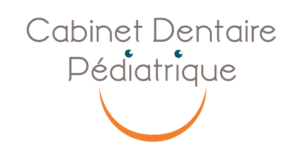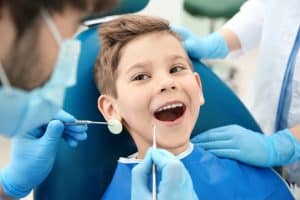Whether it is to suck, to calm down or to reassure, sucking is an innate and natural reflex in babies. This reflex soothes children and reminds them of their mother's presence.
Most parents give their children pacifiers to help them fall asleep or to soothe a grief. This allows the child to relax and sometimes to fall asleep. But, in the medium or long term, the pacifier is not necessarily good for his oral health.
You may not know it, but the intensive and prolonged use of the pacifier is not without consequences since it deforms the teeth. And more precisely, the teeth are likely to be pushed forward by the pacifier.
The effects of the pacifier on the teeth
Infections, jaw misalignment, deformation of the palate or even forward teeth, the pacifier causes a number of undesirable effects on the child's maxillofacial growth.
Forward tooth and teat
Tooth deformation and disturbed growth are among the most common effects of pacifiers on teeth.
Sucking puts pressure on the teeth, which tends to push them either forward or backward. Some children end up with teeth that are either forward or backward due to prolonged use of the pacifier.
Depending on the age of the child and the frequency of use of the pacifier, the child is exposed to other dental problems:
- Damaged teeth,
- Abnormal gaps between teeth,
- Deformed teeth,
- Caries and other dental infections.
Oral deformities
The teething problems caused by pacifiers don't stop there. Prolonged and repetitive use can lead to palate deformities or jaw malposition.
These anomalies and deformities of the oral cavity can have an impact on the child's daily life. Problems with chewing, digestion and even pronunciation are also indirect consequences of pacifier use.
Quitting pacifiers: what are the recommendations?
In order to limit the impact of the pacifier on the teeth, here are some recommendations:
Avoid teething problems by stopping the pacifier as soon as possible
Dentists and orthodontists recommend thestopping the pacifier around 2 or 3 years old at the latest. Before this age, the effects of pacifiers on teeth are still limited. After this age, the first teething problems, such as front teeth, tend to appear.
To try to get children to stop using pacifiers, the recommendations are numerous. We can mention among others :
- Change the child's habits,
- Empower him,
- Set a time limit for pacifier use,
- Awards,
- Use children's books as a basis.
In any case, it is advisable not to force or make a child feel guilty about removing his pacifier if he is not yet ready. This technique is often counterproductive and you will not get the desired effect.
Favour the orthodontic teat
Both to prevent dental deformities and to correct them, the orthodontic teat may be the alternative solution you need. Designed by dentists and orthodontists, this pacifier has an ergonomic design that does not interfere with the child's oral growth.
Its use is therefore recommended from an early age as a replacement for traditional teats. This can save your child long and expensive dental treatments in the future.
If you have already noticed the presence of forward teeth, or any other sign of dental deformity, an orthodontic teat can eventually begin to correct these anomalies. It will complement the dental care provided by a professional.


